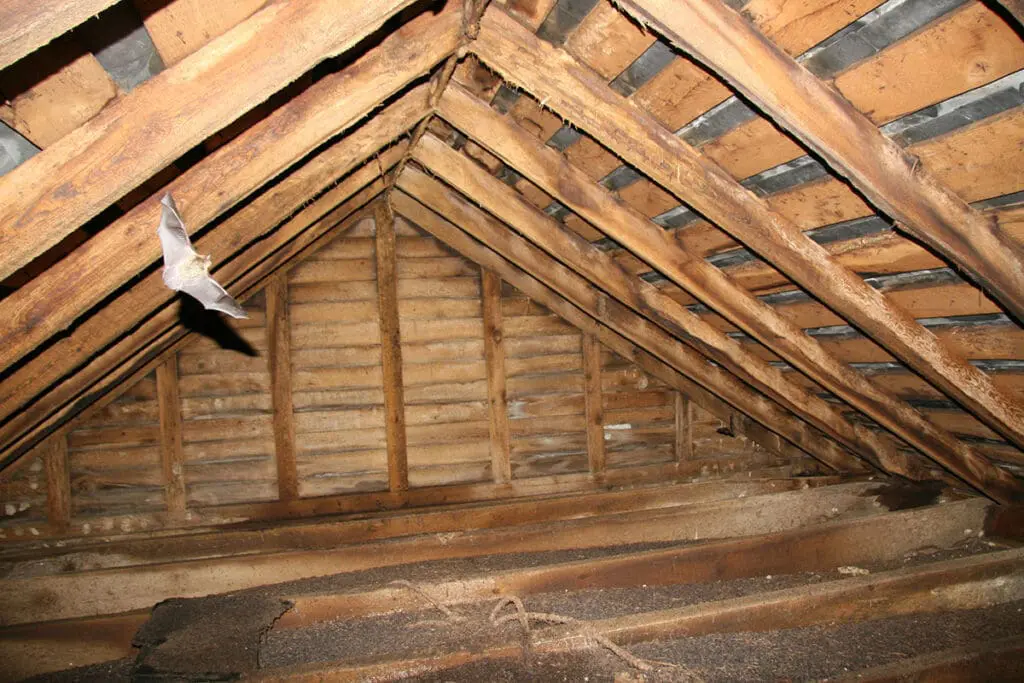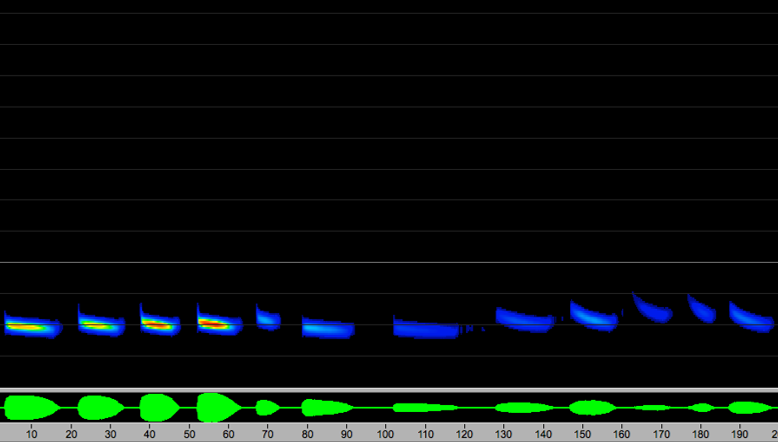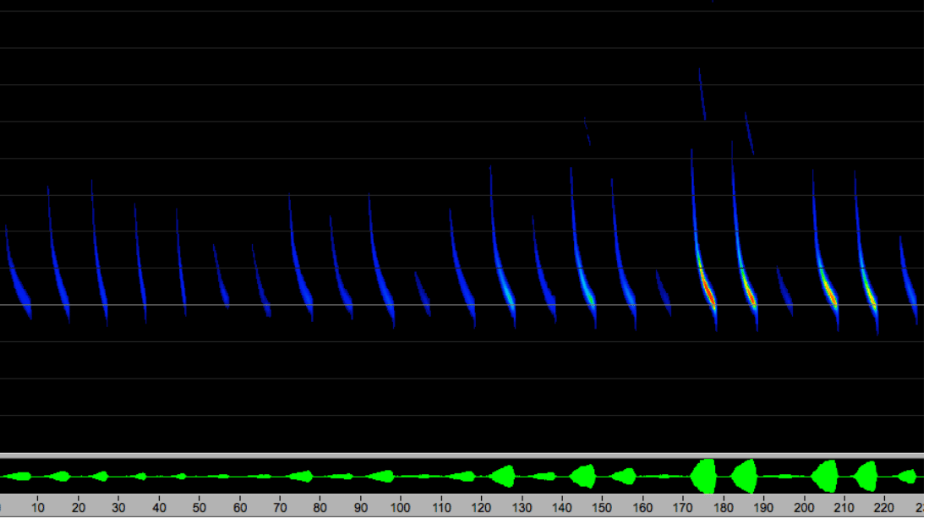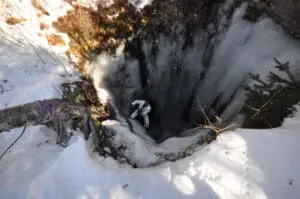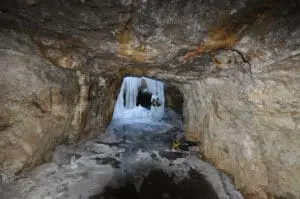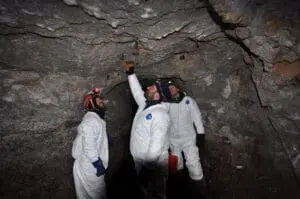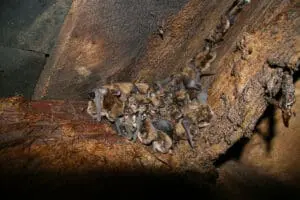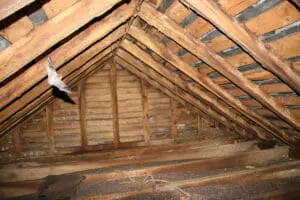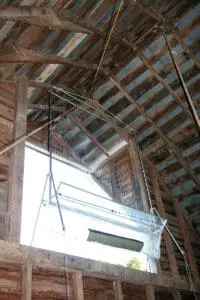MES utilizes both active and passive methodology for bat inventory and monitoring studies. This includes bat capture with mist-netting and/or harp tarps, acoustical monitoring with detectors, and emergence and hibernacula surveys. Often all methods are used in order to increase the likelihood of capturing and confirming the presence/absence of endangered species, and to better understand species diversity in the study area. All the work we complete follows state and federal guidelines.
Capture methods and services include:

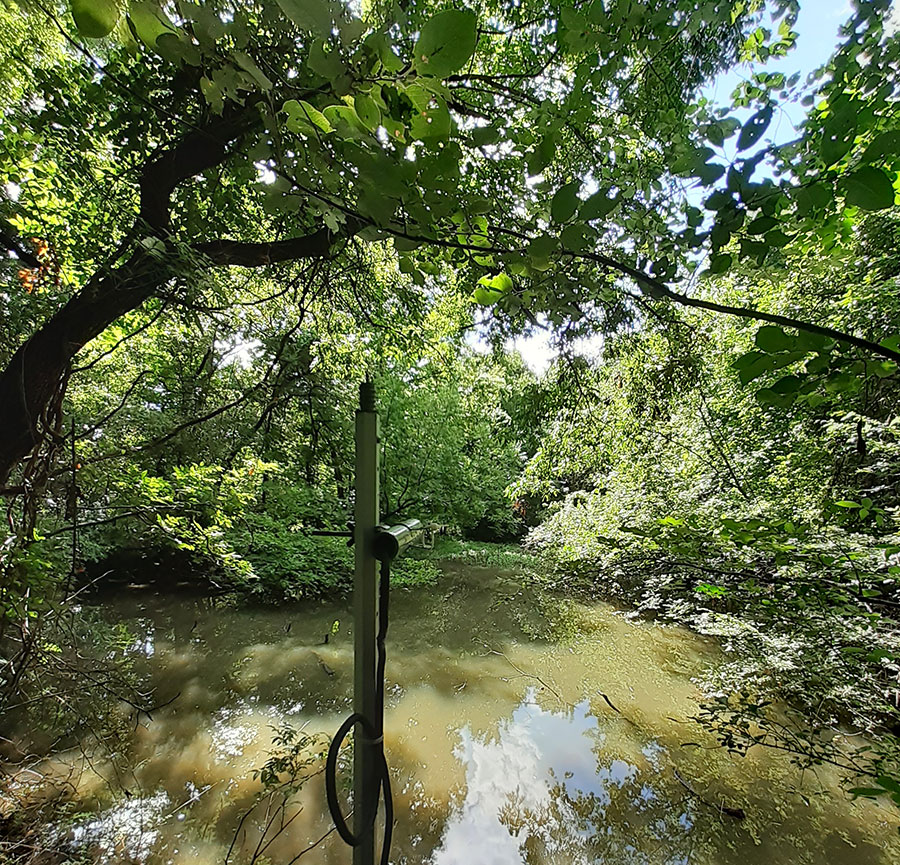
Acoustical Monitoring methods and services include:
MES has experience conducting emergence surveys in various locations including bridges, barns, caves, and forested habitats/tree roosts. Once roost sites are located we can provide accurate counts based on the latest scientific guidelines.
MES has worked with both state and federal agencies to conduct hibernacula surveys to monitor bat populations and the spread of white-nose syndrome across the United States.
